Outside of AI being mentioned well over 300 times at Computex 2024 (I lost count), the other big talking point of the show has been gaming handhelds — a charge led by the Asus ROG Ally X.
Available to pre-order now for $799, this isn’t a next generation handheld. It sports the same AMD Ryzen Z1 Extreme processor and 7-inch FHD panel with 120Hz refresh rate as the original ROG Ally.
But Asus has taken this chance of a mid-gen refresh and run with it. The battery capacity has been doubled to 80Wh, the RAM has doubled to 24GB, and the base storage starts at 1TB over last year’s 512GB.
All of this while keeping the weight under 700g, improving the ergonomic feel with better grips and vastly improved joysticks, and eliminating the mushiness of the D-pad. At $800, this is not for anyone who already has an Ally, but if you’re a first time Windows gaming handheld buyer, the X may indeed give it to you.
Asus ROG Ally X: Specs
| Dimensions | 11 x 4.4 x 1.5 inches |
| Weight | 1.49 pounds |
| CPU | AMD Ryzen Z1 Extreme |
| GPU | AMD Radeon Graphics |
| RAM | 24GB LPDDR5x |
| Storage | 1TB PCIe Gen 4×4 SSD |
| Display | 7-inch FHD, 16:9, 120Hz refresh rate IPS panel |
| Ports | 1x USB 4 Type-C, 1x USB 3.2 Gen 2 Type-C, 1x 3.5mm audio jack, 1x microSD card reader slot |
| Wireless connectivity | Wi-Fi 6E and Bluetooth 5.2 |
| Price | $800 USD |
Asus ROG Ally X: What we like
There’s a lot to like about Ally X — beefing up the important parts that formed our biggest gripes with the original Ally.
2x-ing it
This may just be a mid-cycle refresh, but oh my did Asus put a lot into it. While we weren’t able to benchmark the Ally X properly (look forward to our full review for that), the numbers give us good reason to be optimistic:
- Battery: doubled from 40Wh to 80Wh
- RAM: doubled from 12GB LPDDR5 running at 6400Mhz to 24GB of the faster 7500Mhz LPDDR5
- Storage: doubled from 512GB to 1TB with faster loading speeds
With this, it’s fair to assume this handheld will last longer and load games faster.
Ergonomically sound
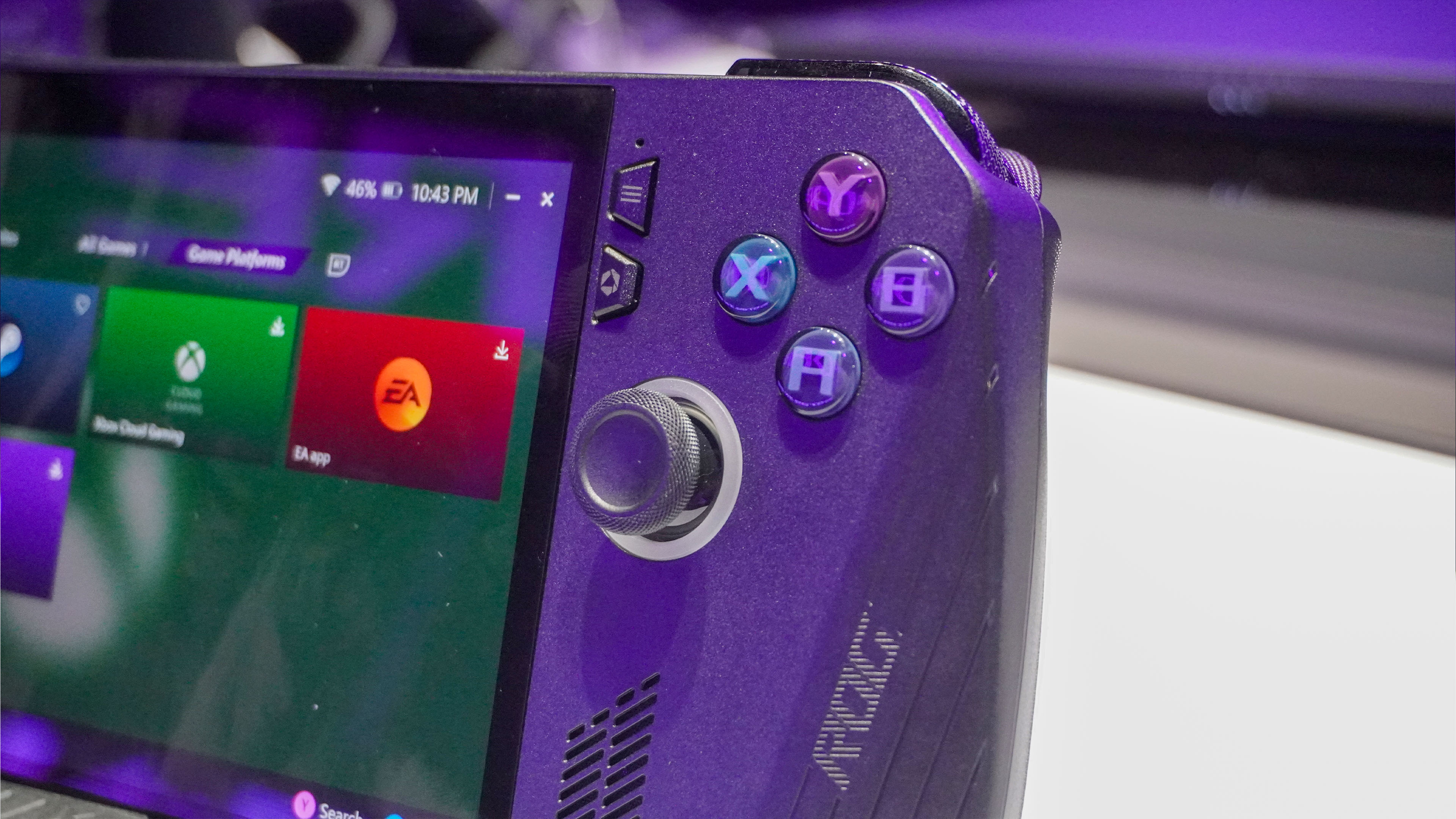
When it came to the last ROG Ally, we had some gripes about the design — namely that the grips were too shallow to get a proper hold of the system, and the controls were a cramped mixture of mushy buttons and unreliable joysticks.
If Asus chose to do nothing to address these, the increased weight with a bigger battery could’ve been disastrous. But the enlarged chassis gives the controls more space to be expanded into, along with bigger grips too.
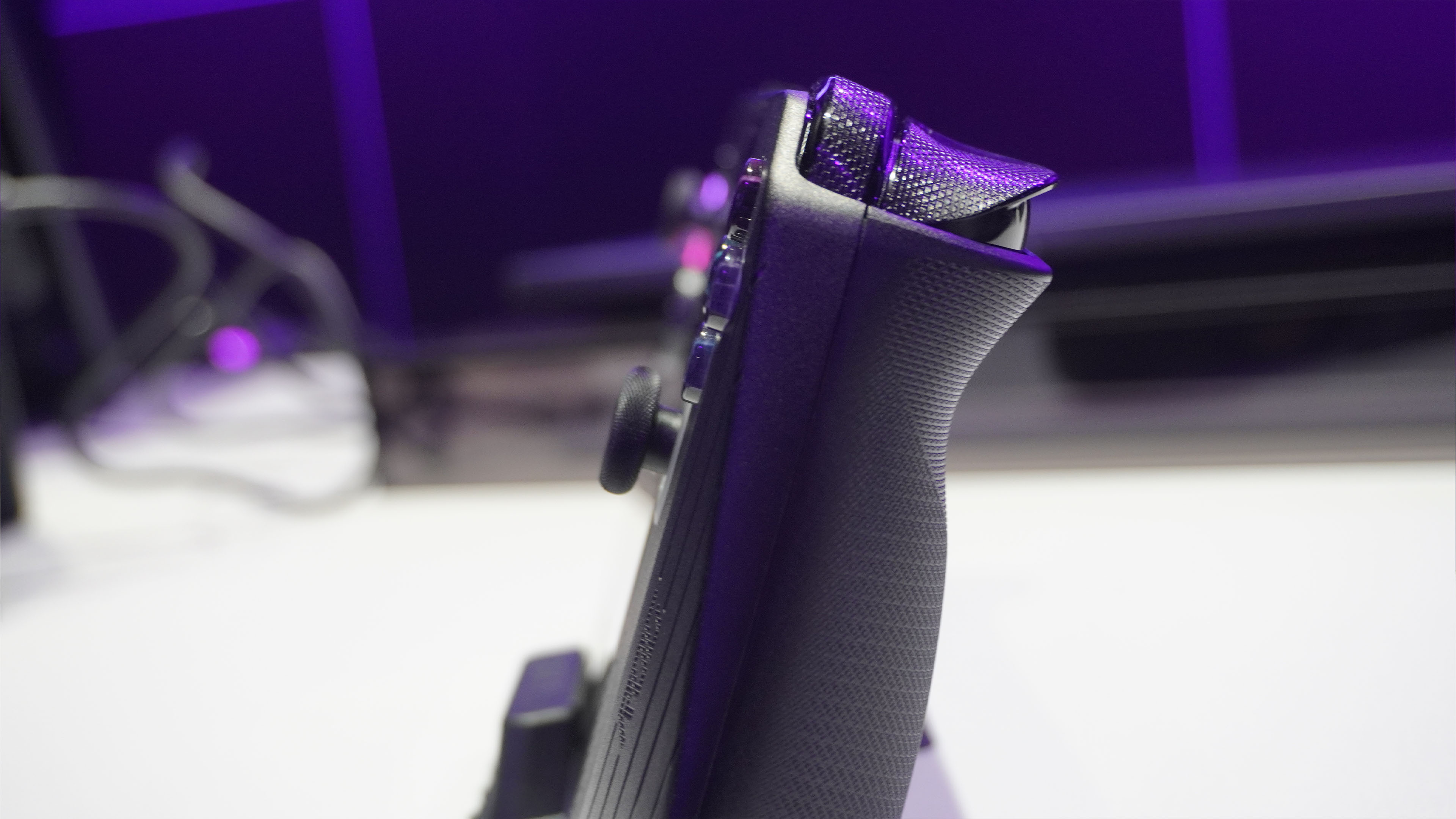
This results in a far more ergonomically sound structure to get your hands around, and while the battery adds an extra 70 grams to the weight too, it’s been placed centrally on the bottom for vastly improved weight distribution.
As for the controls themselves, the rubberized joysticks felt more comfortable, the face buttons weren’t so cramped and the D-Pad is super snappy and precise. Put simply, Asus has solved my key gripes.
Asus ROG Ally X: What we don’t like
While some has changed, other elements have stayed very much the same, which may start to show its age sooner rather than later — especially annoying given the price.
Sticking with Z1 Extreme
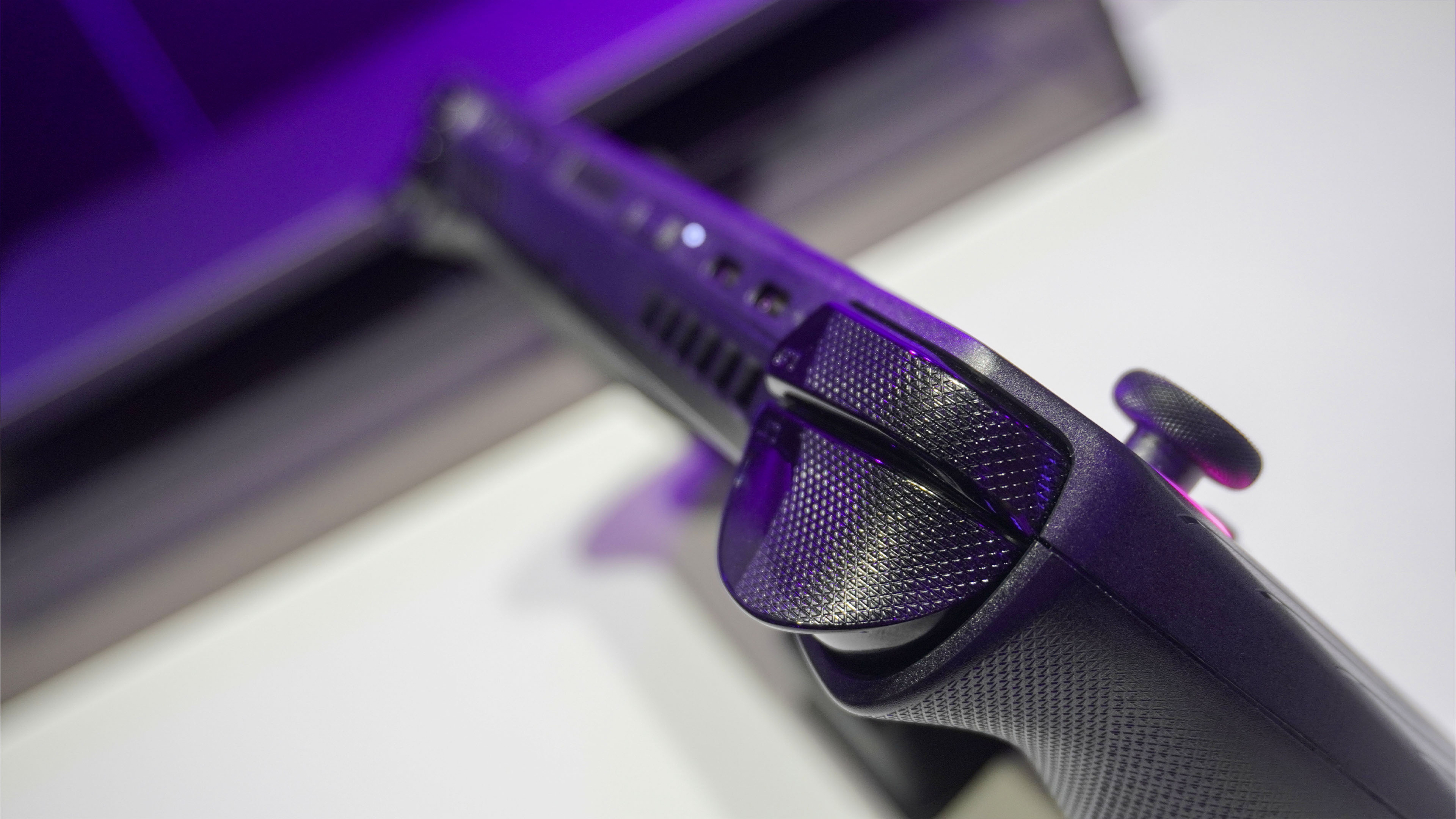
Look, I’m not saying the Ryzen Z1 Extreme is a bad chip. In fact, when it comes to the choice for gaming handhelds, it’s been the right one to make (looking at you, MSI Claw). But while everything else on this machine does indeed feel “next gen,” this holdout locks it in as a mere refresh.
I mean with the Ryzen AI 300 chips sitting right there, with a configurable Thermal Design Power (TDP) range of 15-45W compared to the Extreme’s 9-30W, this could’ve been a tasty, tasty no-brainer of an upgrade — more so given the battery capacity has been doubled.
And that display sticking rigidly to IPS kind of sucks. Not to say its bad screen tech, but this is the damn ROG Ally X — a second chance at Asus’ diamond in the rough. OLED would’ve aided the battery life while vastly improving picture quality.
You’re expecting me to pay HOW much!?
The price of Windows gaming handhelds has sat pretty at the $6-700 range. Kind of steep, but OK given what you can do with it. When you jump to $800, this becomes a different conversation — there are decent cheap gaming laptops with dedicated GPUs for that cost.
You’d need to be fully committed to the idea of a handheld to pay that much, and it goes without saying that if you already have an Ally, doubling the battery, RAM and storage are not enough to warrant buying the same thing again.
Asus ROG Ally X: Outlook
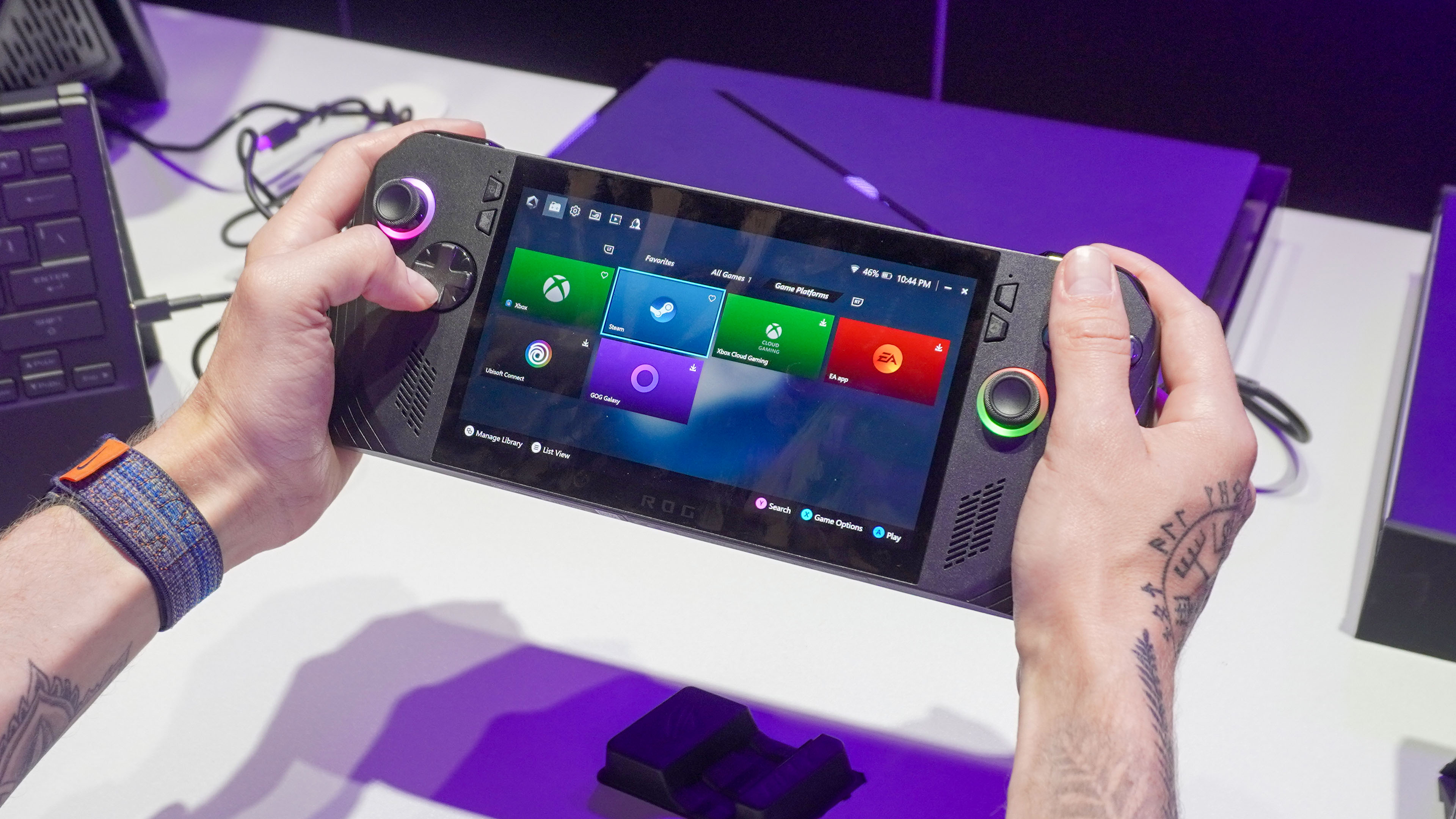
It’s clear that the ROG Ally X has been all about making the right choices, and Asus has mostly done that with its $800 handheld.
In the company’s second go-around, Asus has fixed the ergonomic woes and looks set to tackle the battery life problem too. I would’ve loved to see more done in terms of upgrading the display and CPU, but as far as mid-gen refreshes go, this is a big one.

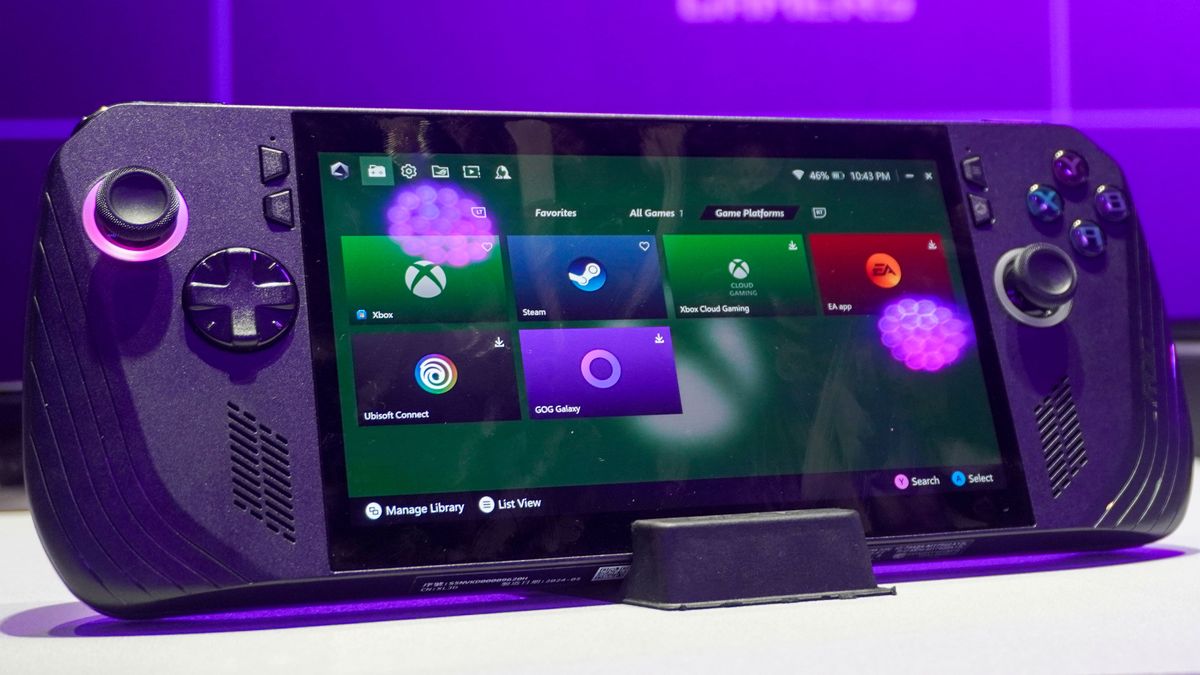

)






